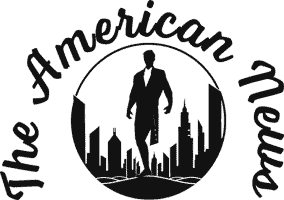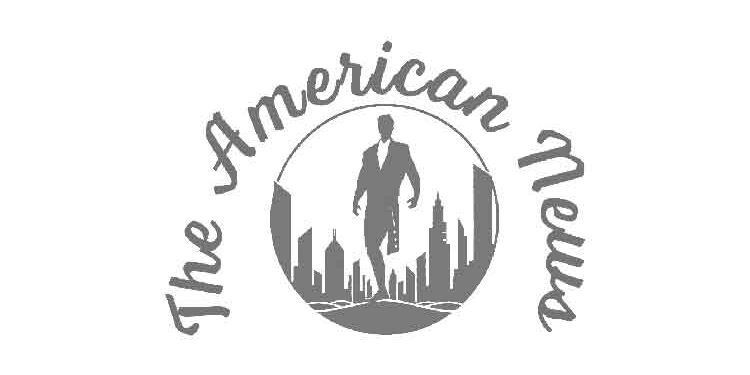Afro-Colombians are among the most marginalized communities in the country. Data from the 2018 post-census survey suggested that 39 per cent of Afro-Colombians are in a situation of multidimensional poverty. Significant disparities are also evident in their access to essential services compared to the non-Afro-Colombian population, including water (69,6 per cent compared to 89 per cent), and lower levels of access to other services. 2021 data shows that poverty levels among Afro-Colombians are approximately 45,5 per cent compared to 33,6 per cent among non-Afro-Colombians. Leading Afro-Colombian activists speak of the existence of a geographical apartheid and a structural and institutionalized racism that continues to characterize Colombian society. This is characterized by the absence of the state and the lack of infrastructure and other meaningful investment in areas with predominantly black populations.
The civil conflict has devastated many Afro-Colombian regions. Violence and trafficking are permeating the Pacific coast and Afro-Colombian communities as far away as the island territories of San Andrés and Providencia. Many young people in these communities have limited options beyond fighting, drug trafficking or being trafficked for prostitution. Some Afro-Colombians with limited opportunities for meaningful employment have reportedly been recruited by the guerrilla, paramilitary, drug trade, or accompanying forms of trafficking and prostitution that support the conflict. The paramilitary and guerrilla are extremely risky options, but in regions with extreme poverty, they may provide the only source of income and survival. Given the extremely low rates of social security benefits obtained by Afro-Colombian workers, a small pension or survivor benefits to family members may serve as an incentive to engage in illicit activities.
Along with the parts of the country with largely indigenous populations, the regions with the highest concentration of Afro-Colombian communities are the areas that have been worst affected by the violence of the conflict and continue to face serious insecurity despite the 2016 peace agreement. As a result, Afro-Colombian communities are some of those whose collective and individual human rights are abused and violated on a regular and increasing basis, often driven by the implementation of large-scale economic development and mega-projects without their consent. Activists argue that mega-projects such as those currently being implemented for the mass expansion of palm oil plantations endanger the territorial basis for maintaining the unique Afro-Colombian culture and social structure which has developed over the last 500 years.
Many mega-projects are financed by the Colombian government, international private capital, international financial institutions and Western governments with the aim of supporting the process of paramilitary demobilization through the creation of alternative agricultural projects to re-employ and re-integrate ex-combatants into civilian life. However, NGOs state that the demobilization process has not brought an end to the violence and the human rights abuses suffered by Afro-Colombian communities. Indeed, many projects have been responsible for the continued forced displacements of Afro-Colombians, as lands allocated for the implementation of such projects are often found in the collective territories legally granted to them under the Law 70 of 1993.
Most Afro-Colombians are based in urban areas: they are the majority population in towns in the North West, and also live in low-income settlements in the major cities, including the capital Bogotá. Widespread displacement from communal lands has contributed to the process. According to one estimate, more than 70 per cent of Bogotá’s sizeable Afro-Colombian community were born outside the city, a proportion that suggests the significant role that displacement has played in the urbanization of Afro-Colombians. In this context, reinforced by existing discrimination, many urban Afro-Colombians have been exposed to poverty, exclusion and physical insecurity.
Violence is a common problem in other urban areas, too, epitomized by Buenaventura, a coastal settlement of 400,000 people, of whom an estimated 84 per cent are Afro-Colombians. It was widely reported in the media in 2014 that this was one of the most violent cities in the country, where the local population was constantly terrorized by criminal gangs and extortion rings. Against a backdrop of social exclusion and poverty, with an unemployment rate of 40 per cent – around four times the average for the country as a whole – perpetrators were able to operate with total impunity. Of over 2,000 investigations opened on disappearances in the city over the previously two decades, reportedly not a single one had led to a conviction. Following these reports, local communities, civil society groups and religious leaders worked together to establish a ‘humanitarian space’ in the city’s most dangerous neighbourhoods and mobilize resistance to the paramilitary gangs, despite the very high risks. Since then, while gang violence remains a challenge, security has nevertheless greatly improved – with activists fleeing persecution elsewhere in the country settling in the city.
Although the peace agreement signed by the Colombian government and the guerrilla of FARC-EP in 2016 included an ethnic chapter, which established a set of principles transversally applied throughout the accord and specific measures to safeguard ethnic communities’ rights by guaranteeing their right to free, prior and informed consultation on plans or projects that affect their communities, there have been very low levels of compliance with the ethnic chapter’s principles and safeguards. Thus, Afro-Colombian social leaders continue to be subject to assassinations and forced displacement, and the measures established in the peace accord to combat the illicit drug trade, which mainly affect ethnic territories, have a poor implementation rate.
The conflict over land rights remains the core of the problems faced by Afro-Colombian communities. Law 70 undoubtedly represented a step forward in the recognition of the right to land titling of Afro-descendant communities, but there are still great challenges in the implementation of this law due to the lack of regulation. To address this issue, President Gustavo Petro’s administration has attempted to advance agrarian reform by establishing an agrarian jurisdiction, as agreed in the 2016 peace accord. The creation of an agrarian jurisdiction is crucial to the resolution of land conflicts in Colombia because it will allow a specialized judge to decide who has title to a rural property. Among the measures adopted by Petro’s government to promote agrarian reform is, on the one hand, a historic agreement to purchase three million hectares of land from the Federación Colombiana de Ganaderos (FEDEGAN); and on the other, the use of assets seized from drug traffickers through the concept of extinction of domain carried out by the Sociedad de Activos Especiales, (SAE). In September 2022, the Minister of Agriculture and Rural Development, Cecilia López, announced that the agrarian reform of President Petro’s government had begun with the titling of 681,372 hectares of land that will benefit peasants, indigenous peoples, and Afro-descendants. Because the agrarian reform that Petro plans is the basis of several of his government promises, what happens with the long-awaited rural reform will define to a large extent the success or failure of his government.
Source link : https://minorityrights.org/communities/afro-colombians/
Author :
Publish date : 2024-01-23 09:36:11
Copyright for syndicated content belongs to the linked Source.









